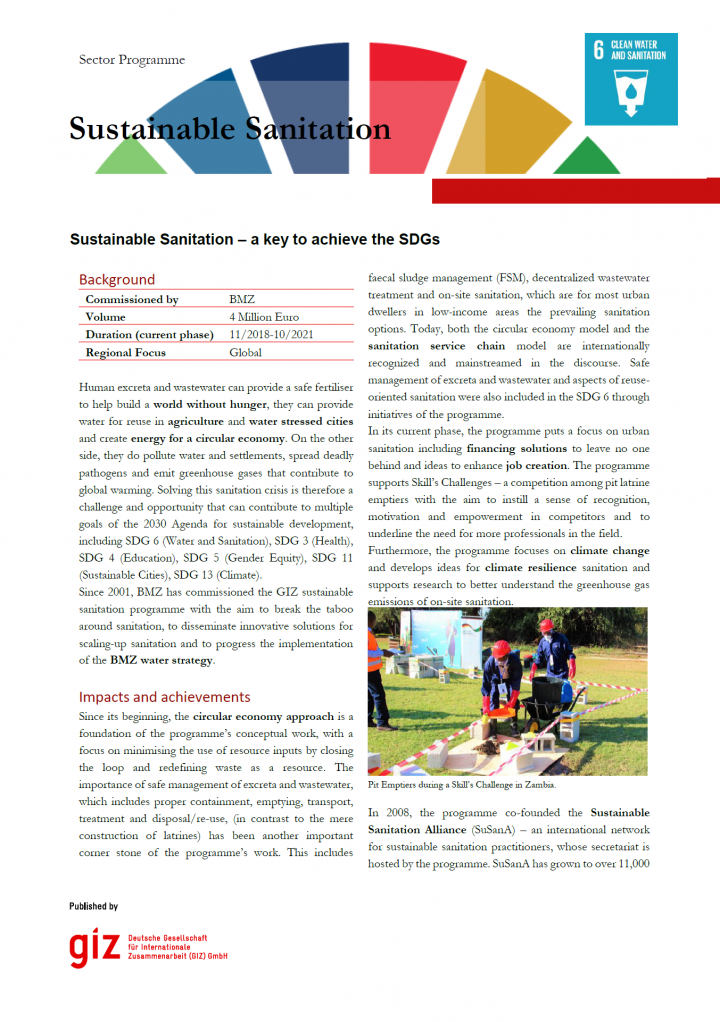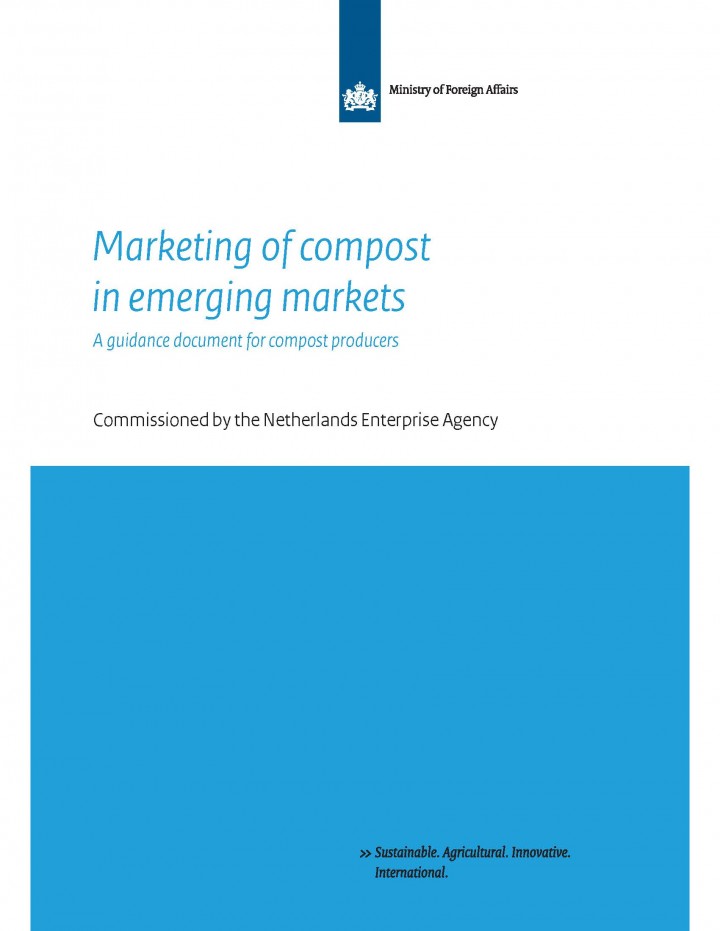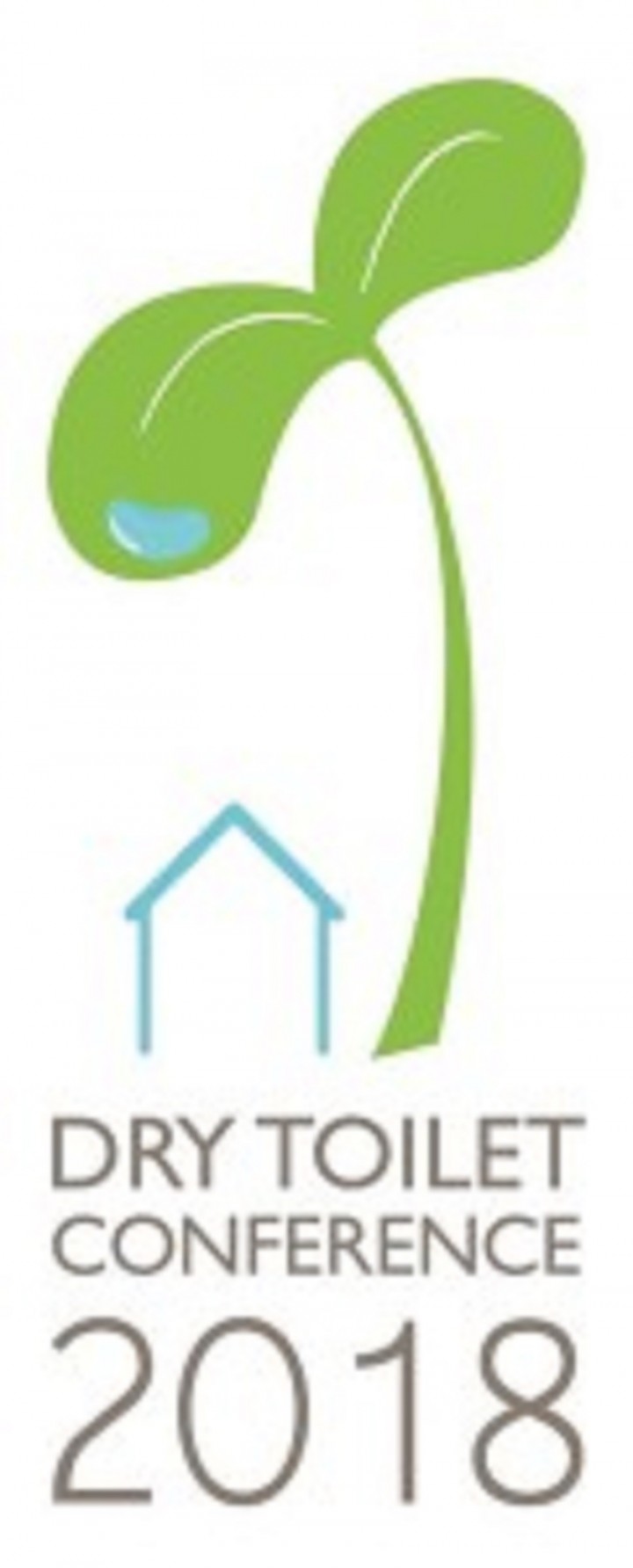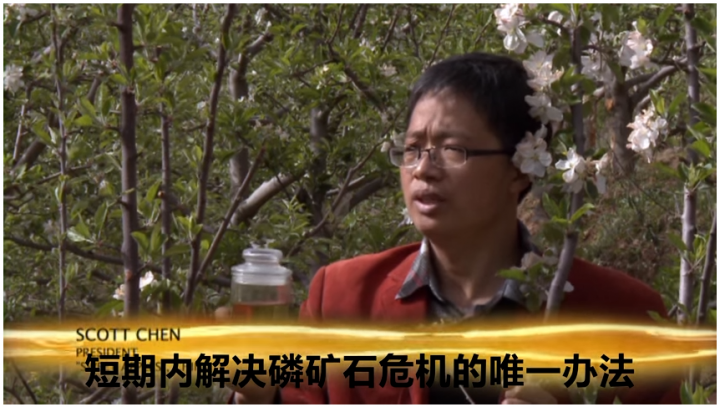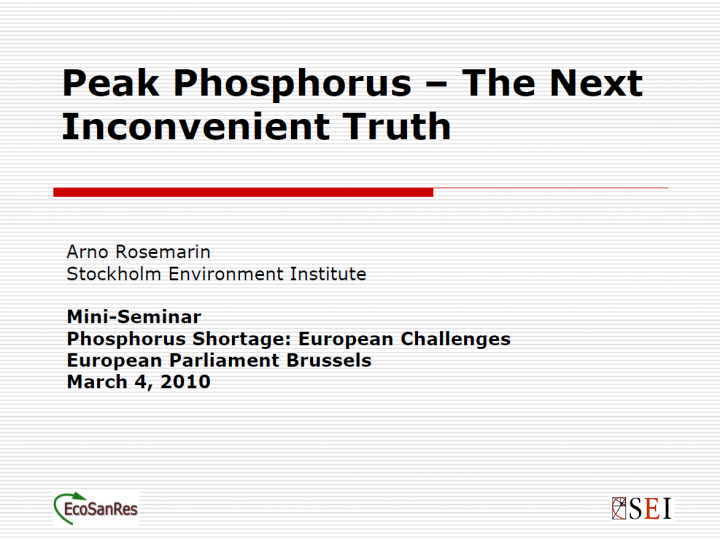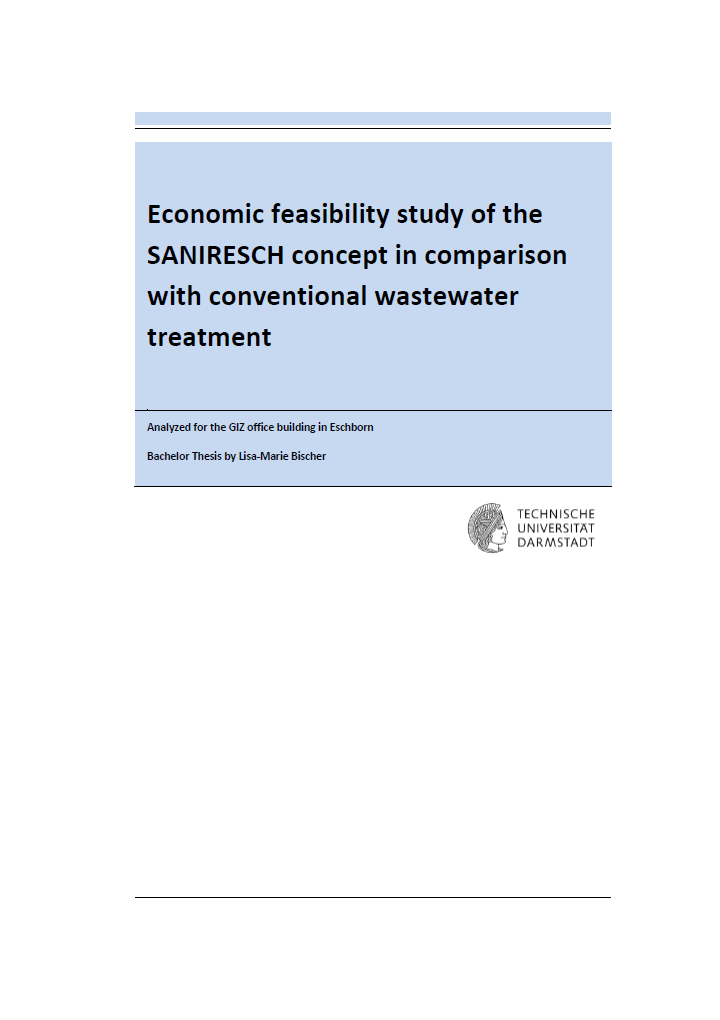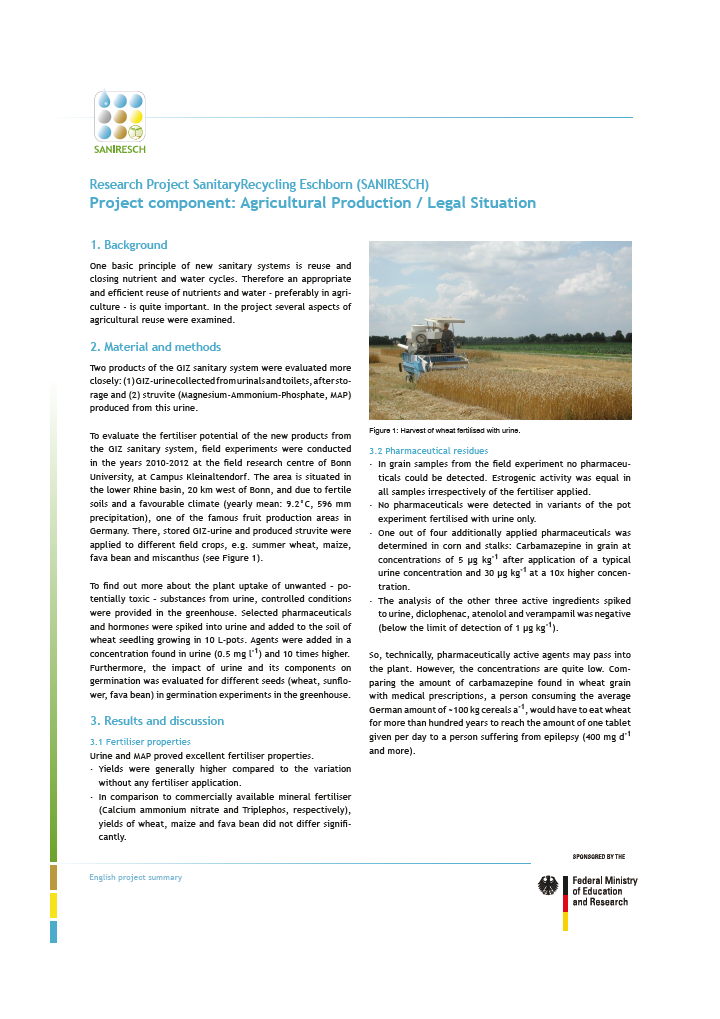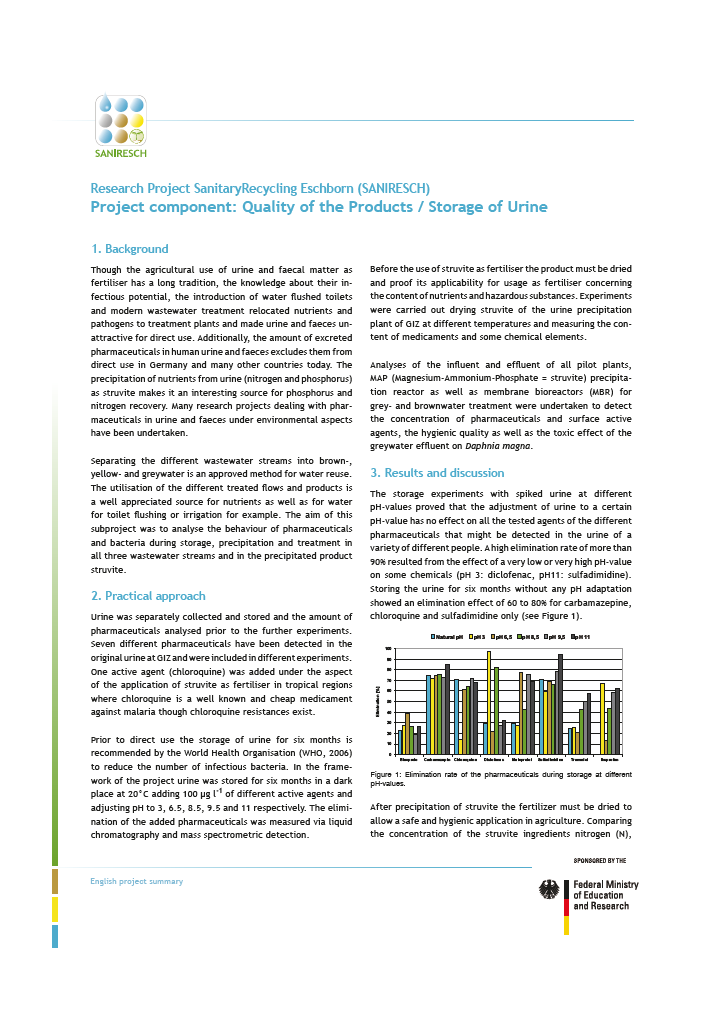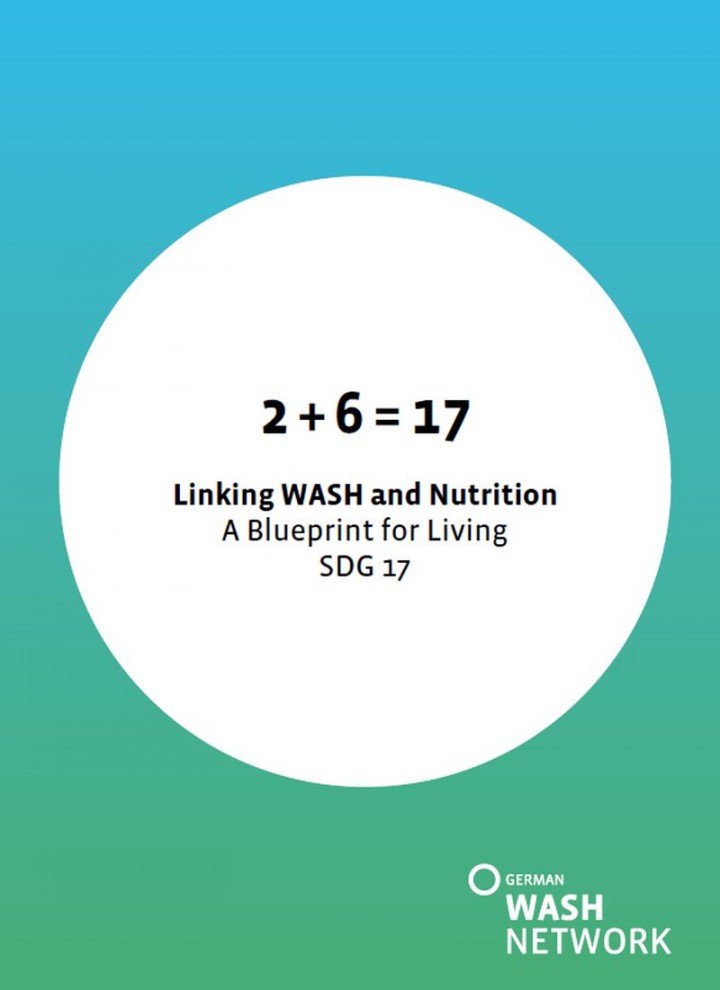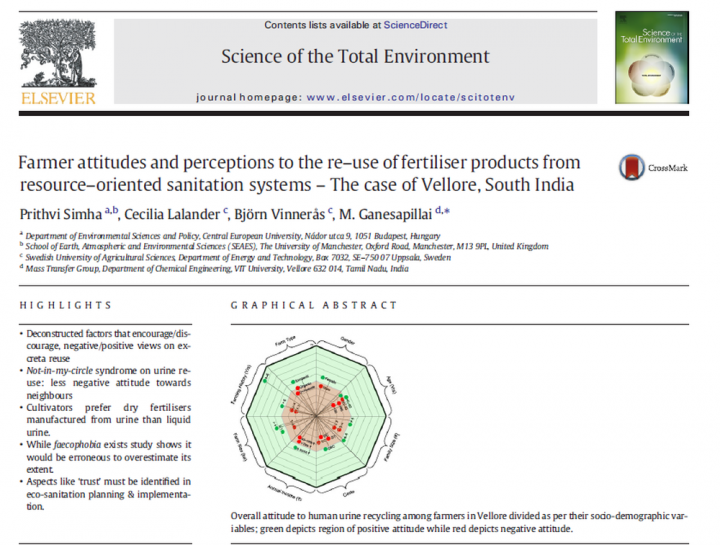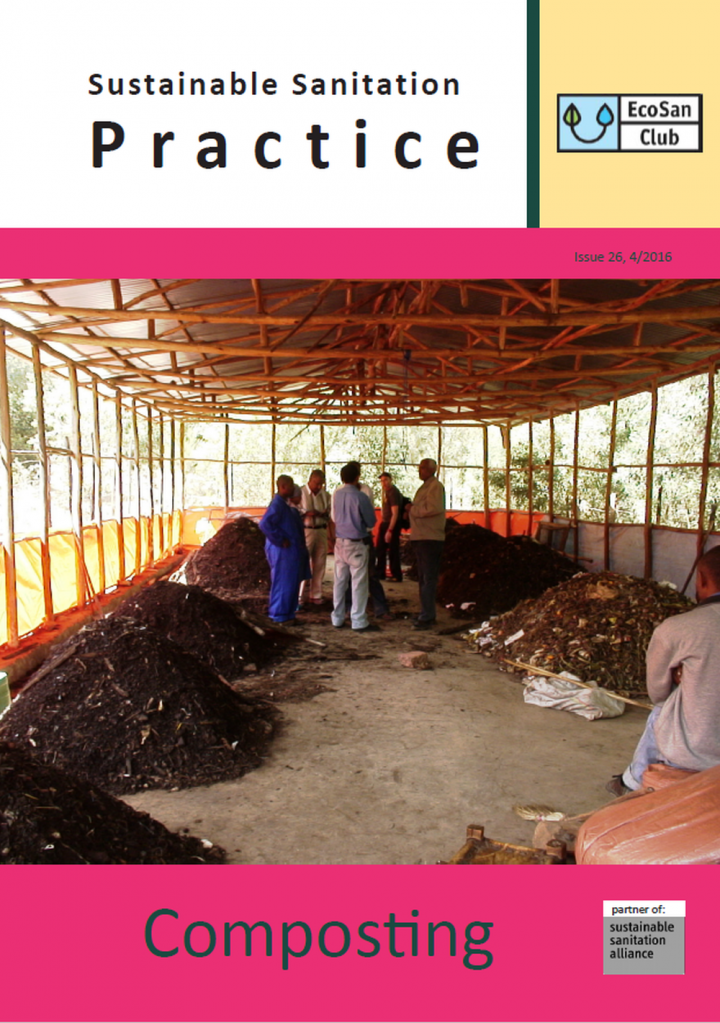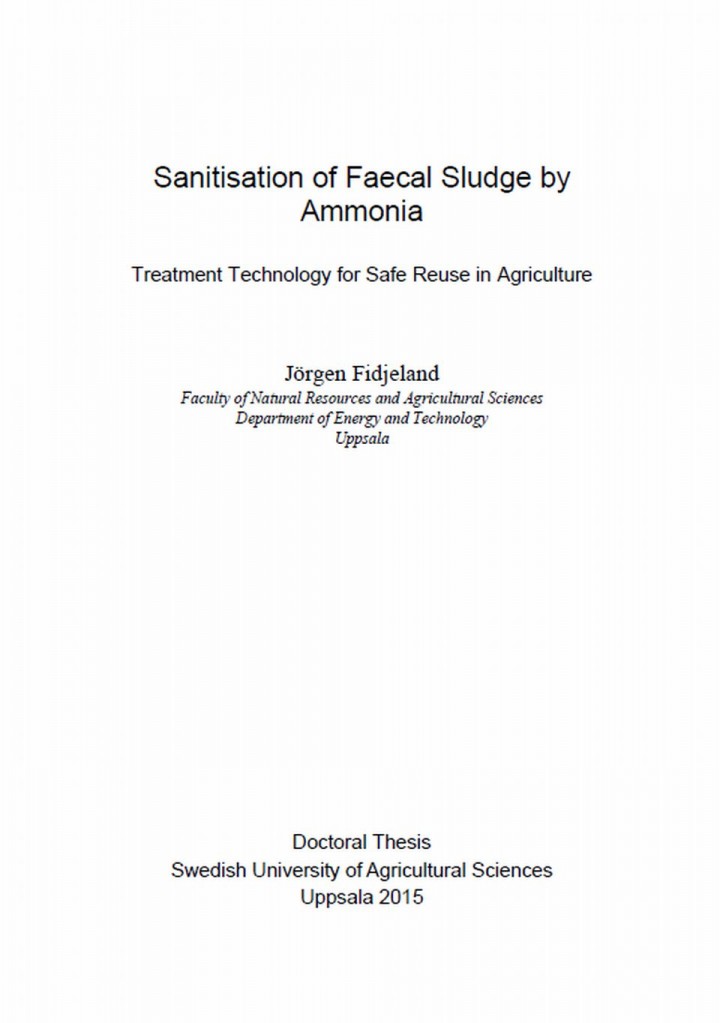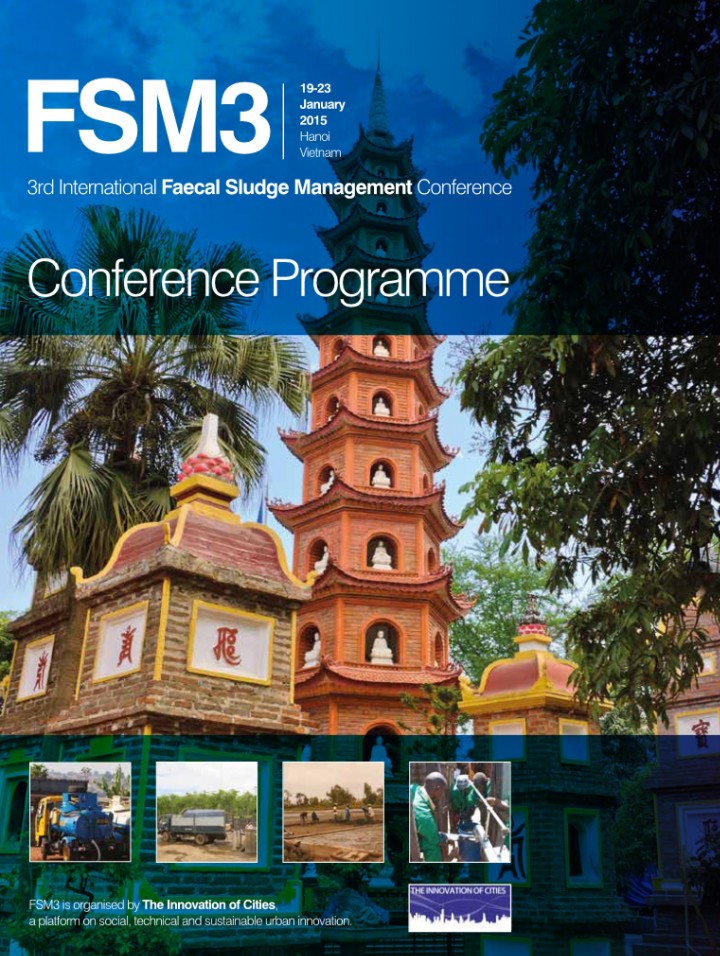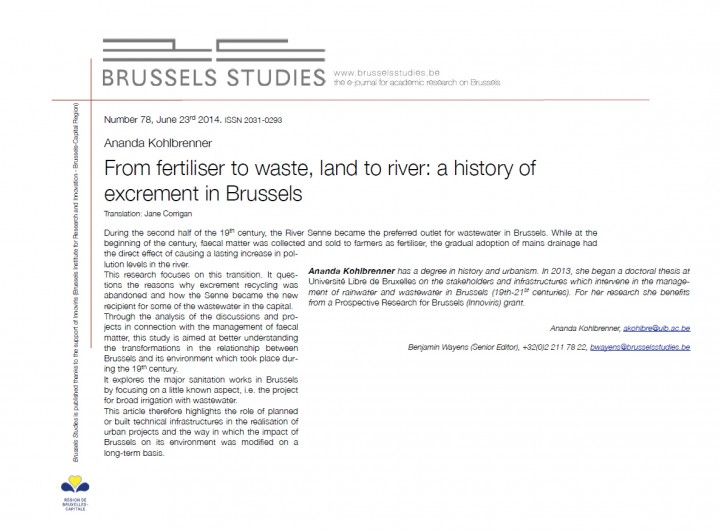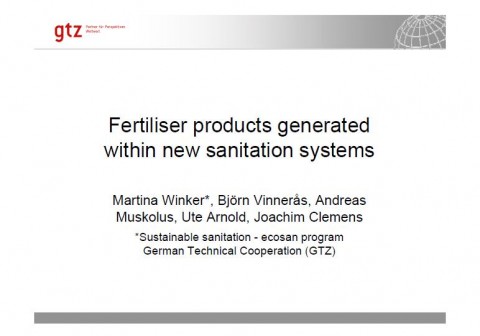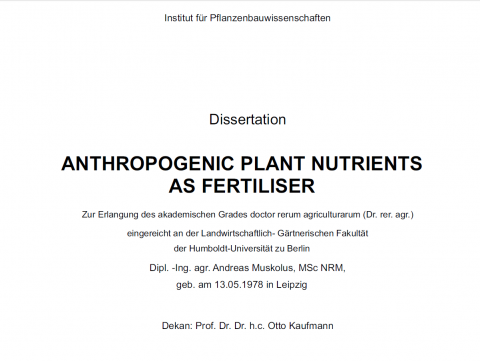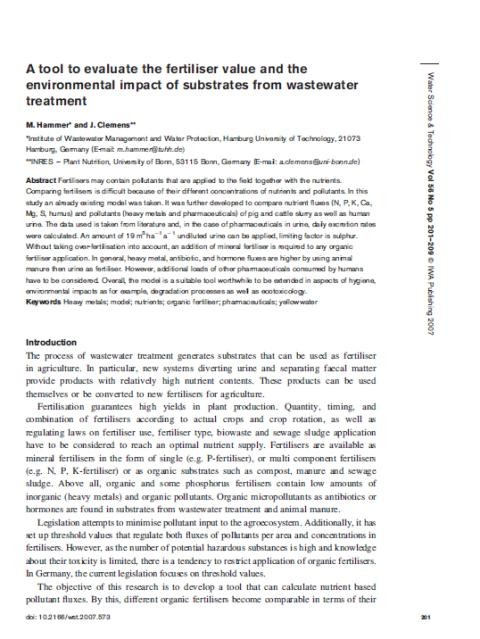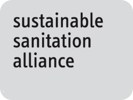GIZ (2020) GIZ Sustainable Sanitation Programme Factsheet
Human excreta and wastewater can provide a safe fertiliser to help build a world without hunger, they can provide water for reuse in agriculture and water stressed cities and create energy for a circular economy. On the other side, they do pollute water and settlements, spread deadly pathogens and emit greenhouse gases that contribute to global warming. Solving this sanitation crisis is therefore a challenge and […]
Various authors (2019) FSM5 - 5th International Faecal Sludge Management Conference Materials
Presentations (download from conference website, see external link below, or go to: https://fsm5.susana.org/en/downloads/conference-materials): Conference convenors: Bill & Melinda Gates Foundation BORDA Eawag-Sandec Deutsche Gesellschaft für Internationale Zusammenarbeit (GIZ) GmbH Inclusive Sanitation in Practice (IPS) Sustainable Sanitation Alliance (SuSanA) University of KwaZulu-Natal University of Technology Sydney Water Research Commission (WRC) DAY 1, OPENING PLENARY 1. BAWA, K., “The Ngor Declaration on Sanitation and Hygiene” 2. NAIDOO, D., “Building the World’s First Sanitation Unicorn” **DAY 1, TRACK 1: RESEARCH […]
Brinkman, A. (2019) Marketing of compost in emerging markets A guidance document for compost producers
The recycling of organic residues into compost has a number of advantages. It avoids the wasting valuable organic material to landfills and reduces associated emissions to water, soil and air. It generates a product that contributes to long-term soil quality, as compost contains a high amount of stabilised organic matter. Finally, compost may also reduce the need for artificial fertilisers, as it can (at least […]
Various Authors (2018) Dry Toilet Conference 2018 presentations and posters
The 6th International Dry Toilet Conference 2018 was held in Tampere, Finland on 22nd – 24th August 2018. The theme of the conference was Dry Toilet Goes Circular with a focus on Cooperation, Co-creation and Experimentation. Please find the oral presentations and poster presentations below via the links to the page of the GlobalDry Toilet association of Finland. ***** Oral Presentations: ***** Alisa Keesey: Container-based […]
ARTE TV (2014) Urine use in China as fertiliser for apple trees (Scott Chen) from documentary Urine Superpowers
ARTE aired the Urine Superpowers in Germany and France on 14 November 2014
Various Authors (2010) Phosphorus Shortage: European challenges in Brussels, Belgium Conference materials
The threatening shortage of phosphorus – a key component of fertilisers – is crucial for the world’s food supplies. Phosphorus is an essential nutrient for all plants and animals. It is also one of the three key components (together with nitrogen and potassium) of fertilisers, and therefore crucial for the world’s food supply system. Phosphorus shortage will be one of the most pressing problems of […]
Various Authors (2012) Economic feasibility within SANIRESCH Project
Comparing the costs for SANIRESCH with today´s costs for conventional wastewater treatment and standard commercial fertiliser, the alternative system is more expensive for both “Office building” and “Agricultural application”. However, the sensitivity analyses show that a certain potential exists. The differences come especially through the higher running costs, which influence is bigger than the higher investment costs. However, the sensitivity analyses show that a certain […]
Various Authors (2012) Agricultural production / Legal situation within SANIRESCH Project
This component dealt with the agricultural use of urine and MAP (struvite) as fertiliser as well as the related legal aspects. The component was led by the University of Bonn. Here you can find the results of the project component "Agricultural production / Legal situation" that has been presented at the DWA conference "NASS-Tage" and the factsheet gives you a short overview about the main informations […]
Various Authors (2012) Quality of the products / Storage of urine within SANIRESCH Project
A central aim of the measures for nutrient recovery from wastewater streams is to guarantee the best possible separation between valuable substances and pollutants. It is necessary to ensure a high-quality application of the nutrients. The pollutant concentrations in the recycled products are ideally not higher than the range of the concentrations in mineral fertilisers. This aspect will be assessed within the project component “quality […]
Toetzke, J., Rück, J., Panzerbieter, T. (2017) 2+6=17 Linking WASH and Nutrition – A Blueprint for Living SDG 17
This report is a frontrunner in its approach to implement the Sustainable Development Goals (SDGs), and so is the initiative for this report. This publication aims to contribute to on-going developments and to the better utilisation of the potential at the health related link between WASH and Nutrition – ensuring human well-being by increasing the ability of the body to absorb nutrients from consumed food. Relevant […]
Simha, P., et al. (2017) Farmer attitudes and perceptions to the re–use of fertiliser products from resource–oriented sanitation systems The case of Vellore, South India
Abstract: Relatively little research has been conducted to date on farmer attitudes towards the use of fertilisers from resource–oriented sanitation systems. This study employed a psycho–sociological approach to identify factors that encourage, or discourage, negative and positive attitudes to human waste recycling among farmers in southern India. A survey involving face–to–face interviews was performed with 120 randomly sampled farmers, taking into account the following factors: gender, […]
Langergraber, G., Lechner, M., Müllegger, E. (Eds.) (2016) Composting Sustainable Sanitation Practice 26
Besides sanitation, solid waste management plays an important role in improving the hygienic conditions in cities. There are several strong links between sanitation and solid waste management. In sanitation systems without sewers, urine, faecal matter and faecal sludge have to be collected from the single households such as solid waste. Faecal matter as well as sludge from wastewater treatment plants can be treated by composting […]
Fidjeland, J. (2015) Sanitisation of faecal sludge by ammonia Treatment technology for safe reuse in agriculture
Faecal sludge contains valuable plant nutrients and can be used as a fertiliser in agriculture, instead of being emitted as a pollutant. As this involves a risk of pathogen transmission, it is crucial to inactivate the pathogens in faecal sludge. One treatment alternative is ammonia sanitisation, as uncharged ammonia (NH₃) inactivates pathogens. The aim of this thesis was to study how the pathogen inactivation depends […]
Various authors (2015) 3rd International Faecal Sludge Management Conference 2015 Hanoi, Vietnam
The Third International Faecal Sludge Management Conference was held in Hanoi from the 18th to the 21st of January 2015. More than 700 delegates from around the world shared ideas and discussed challenges and opportunities in on-site sanitation. Below you find the list of papers in chronological order by day (Day 1-3) and room (room 1-3 ). In order to search by author, simply press "Ctrl+F" […]
Kohlbrenner, A. (2014) From fertiliser to waste, land to river: a history of excrement in Brussels
During the second half of the 19th century, the River Senne became the preferred outlet for wastewater in Brussels. While at the beginning of the century, faecal matter was collected and sold to farmers as fertiliser, the gradual adoption of mains drainage had the direct effect of causing a lasting increase in pollution levels in the river. This research focuses on this transition. It questions the […]
Winker, M., Vinneras, B., Muskolus, A., Arnold, U., Clemens, J. (2009) Fertiliser products generated within new sanitation systems
Muskolus, A. (2008) Anthropogenic plant nutrients as fertiliser
Mneki, P., Austin, L. (2009) Fertiliser value of human manure from pilot urine-diversion toilets
Braum, C. (2010) Economical feasibility of using urine versus struvite as fertiliser Using the example of GIZ in Eschborn
Hammer, M., Clemens, J. (2007) A tool to evaluate the fertiliser value and the environmental impact of substrates from wastewater treatment
